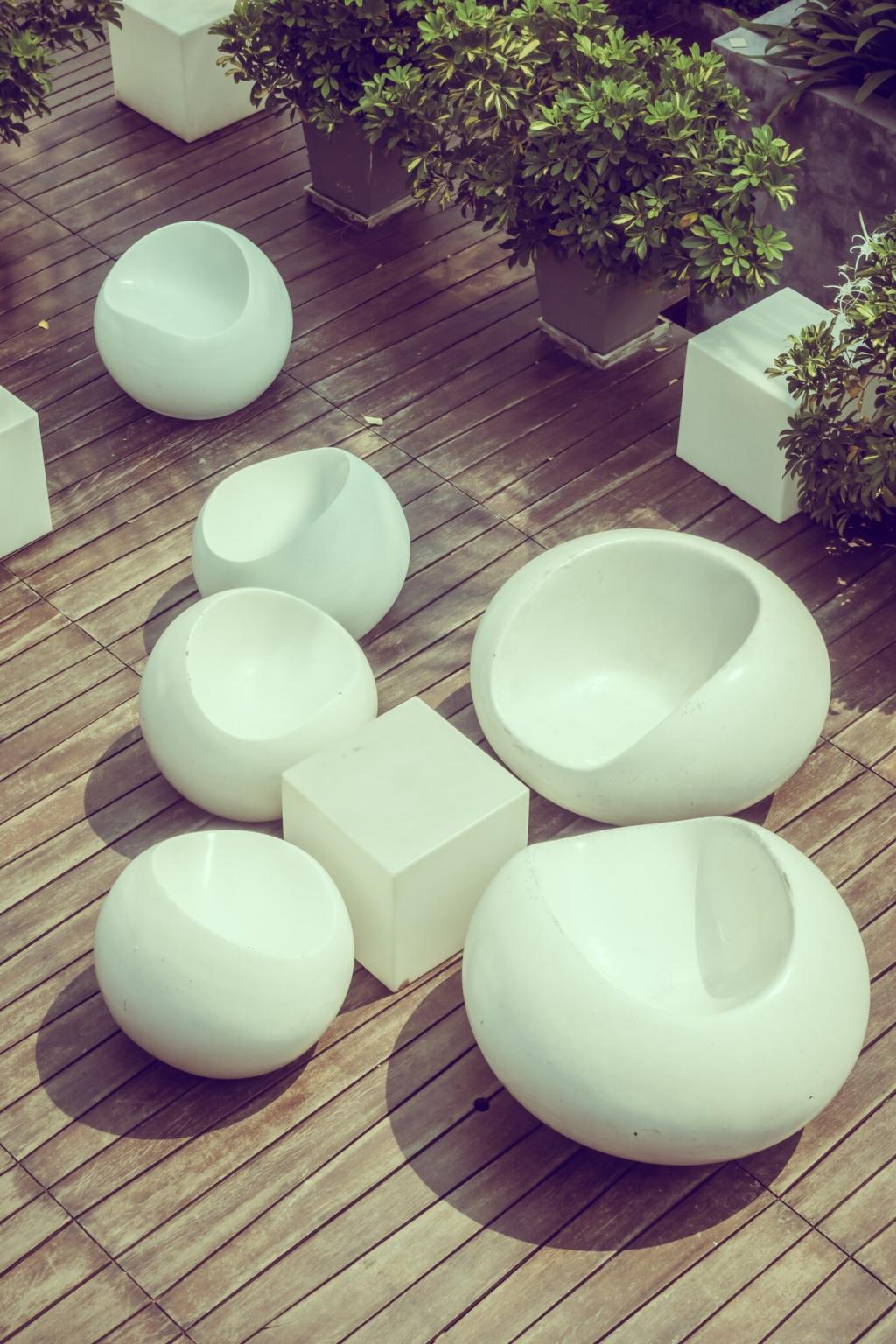
The Art of Harmonious Living Spaces
Chosen theme: The Art of Harmonious Living Spaces. Step into a welcoming world where balance, light, color, and meaning come together to create rooms that feel intuitively right. Join our community, share your questions, and subscribe for weekly inspiration and actionable ideas.
Foundations of Spatial Harmony

A harmonious room distributes visual weight so no corner feels heavy or neglected. Try pairing a substantial sofa with leggy side tables, or echoing a tall bookcase with a floor lamp. Notice how proportion restores calm and invites easy conversation.
Observe how sun moves across your room, then arrange seating to catch gentle morning light. Sheer curtains soften glare without erasing warmth. By honoring natural light paths, you create harmony that shifts gracefully from dawn to dusk.
Light as the Silent Designer
Materiality, Texture, and Touch
Soft Meets Structured
Pair nubby boucle or linen with smooth oak and cool ceramic. This interplay stabilizes the senses: softness comforts, structure clarifies. When textures collaborate, your living room feels welcoming yet composed—ready for company or a quiet night alone.
Sustainable Choices with Soul
Natural fibers like wool, jute, and organic cotton offer durability and calm tactility. Reclaimed wood carries quiet history that softens new builds. Choosing materials responsibly adds narrative depth, aligning ethical decisions with a soothing, timeless atmosphere.
Tactile Cues for Daily Rituals
Create a reading nook with a weighty knit throw, a ceramic mug, and a wool rug underfoot. These tactile anchors prompt comforting habits, turning ordinary evenings into cozy, consistent rituals that sustain harmony day after day.
Leave at least 30–36 inches for walkways and avoid placing furniture where people naturally cut corners. When movement is effortless, tension dissolves, and your living space quietly supports conversations, play, and peaceful transitions between activities.
Flow, Layout, and Daily Rituals
Use rugs, lighting pools, and furniture orientation to create zones for reading, conversation, or work. A swivel chair can bridge two zones gracefully. This zoning brings structure while preserving the openness that keeps a room serene.
Flow, Layout, and Daily Rituals
Sensory Layers: Sound, Scent, and Comfort
Soft rugs, lined curtains, and wall textiles absorb harsh echoes that tire the brain. Bookshelves act as diffusers. By reducing reverberation, conversations feel intimate and music sounds warm, enhancing the room’s quiet, restorative character.
Sensory Layers: Sound, Scent, and Comfort
Anchor evenings with cedarwood or lavender in a diffuser, and mornings with citrus or mint. Keep fragrances subtle and consistent across the space. A gentle scent signature ties rooms together and reinforces daily rhythms without overwhelming.

Edit with Intention
Choose a handful of pieces with emotional weight—a travel sketch, a handcrafted bowl, a family photo—and give them space. Editing amplifies meaning, turning your living area into a calm, legible canvas for everyday life.
Art Placement That Feels Right
Hang art at 57 inches center height for most rooms, then adjust for seated eye level in lounges. Group pieces by theme or color, leaving generous margins. Cohesive spacing makes collections feel soothing rather than crowded.
Nature as Your Co-Curator
Bring in branches, stones, or seasonal flowers to echo outdoor tones. A small olive tree or fern softens corners and lowers visual noise. Nature’s quiet asymmetry keeps vignettes lively, grounded, and beautifully in tune with daily rhythms.
